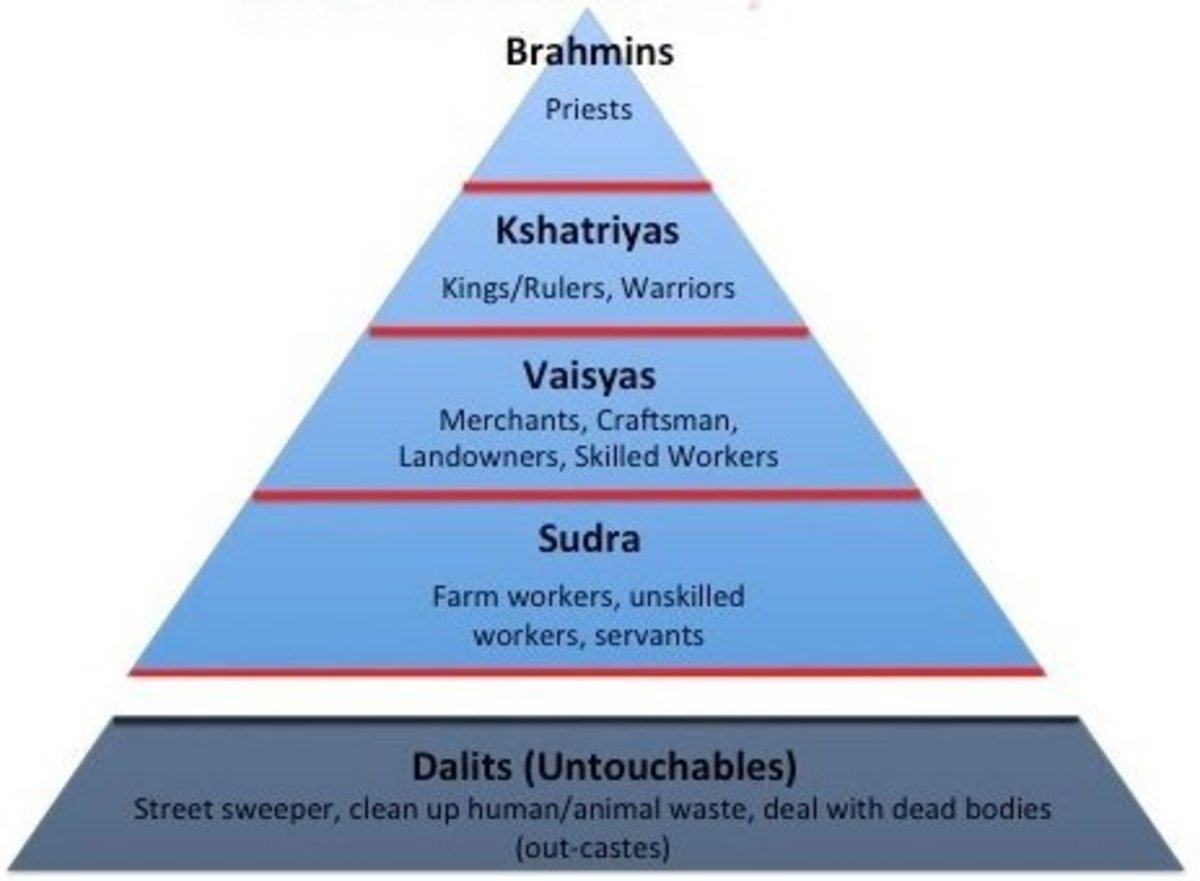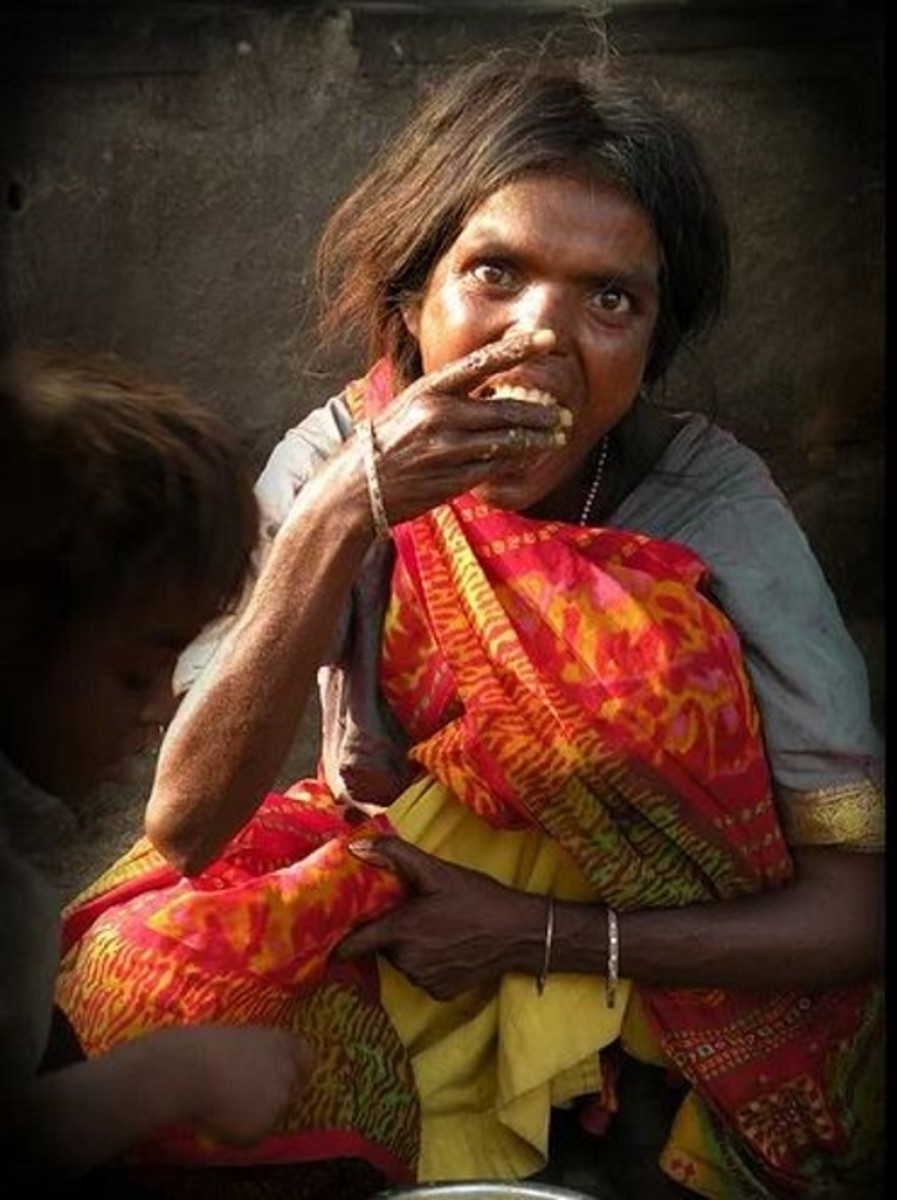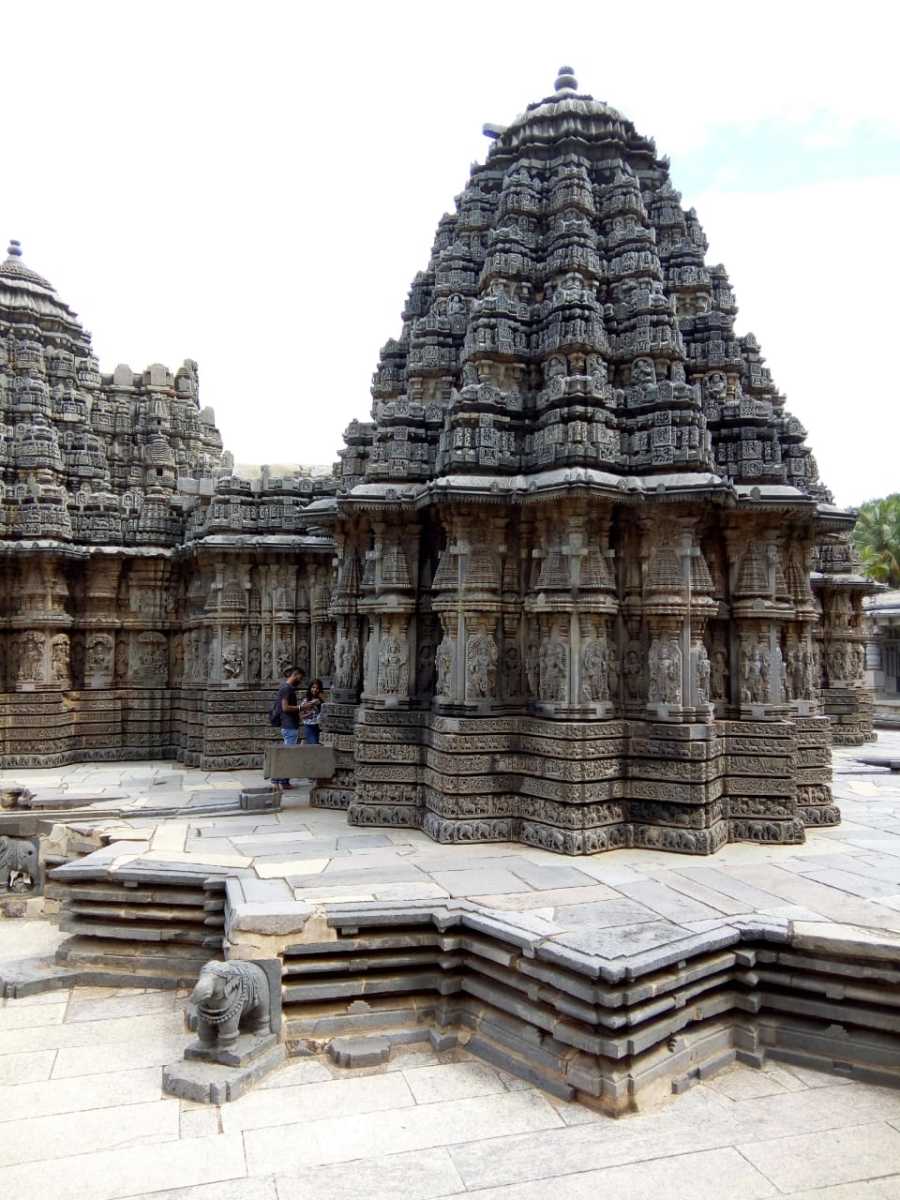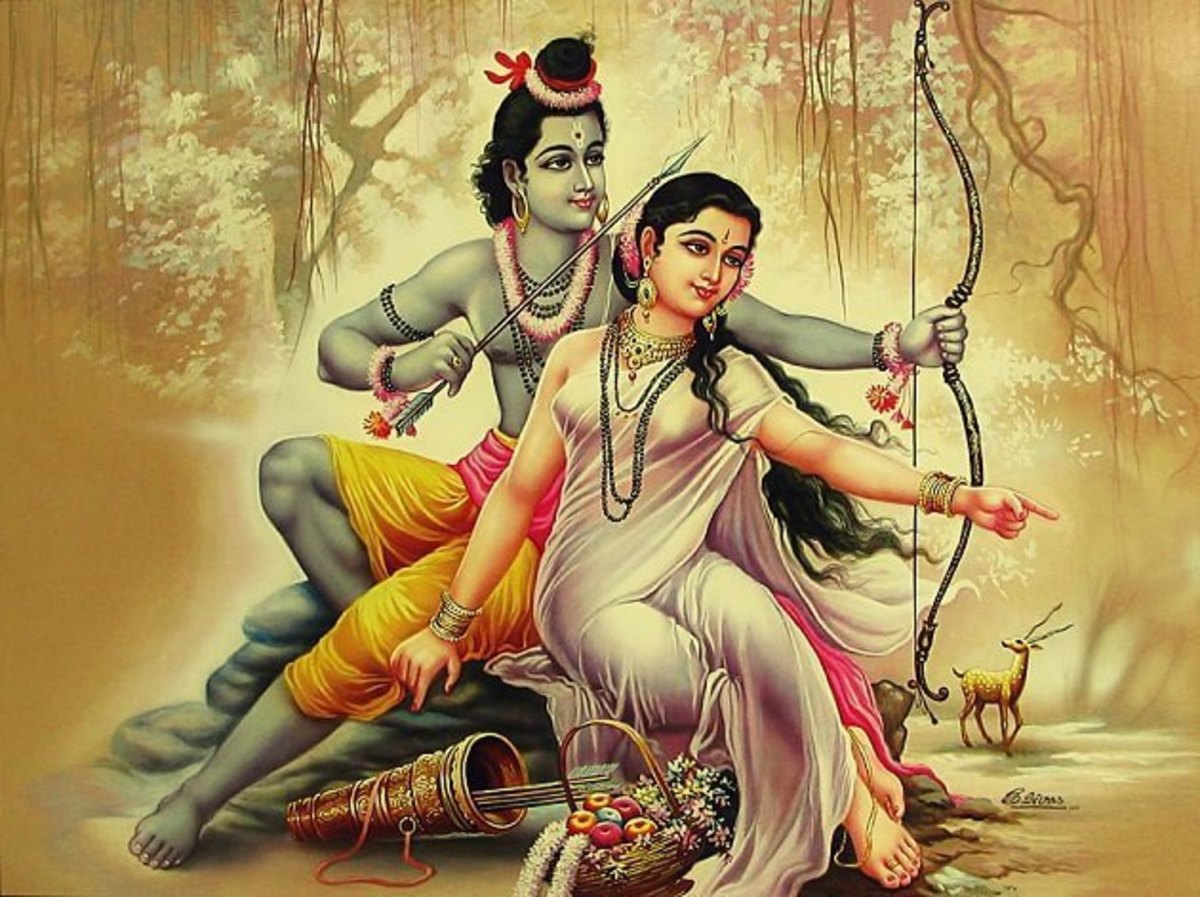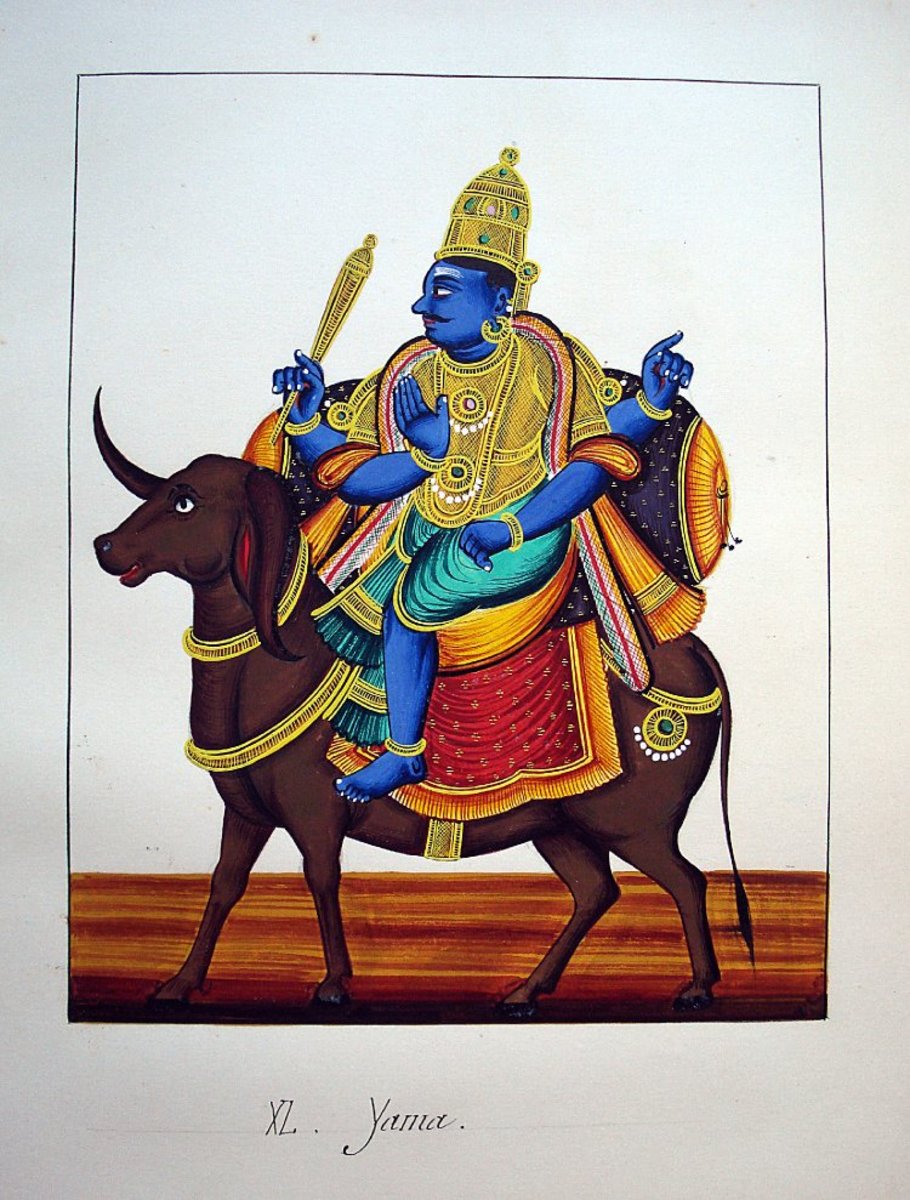Hindu Caste System - A Wheel Off Axis
Across this world of matter, change is the only constant phenomenon. Without a conscious rejuvenation, the entropy of a system leads towards a state of disorder and chaos. The Hindu caste system is one such state of disorder, so much so that all attempts to define it have failed. G. S. Ghurye, an eminent Indian professor of sociology, wrote about the caste system in 1932 -
“We do not possess a real general definition of caste system. It appears to me that any attempt at definition is bound to fail because of the complexity of the phenomenon.”
Considering the current state of disorder in the Hindu caste system, we can deduce that the original caste system initially began with orderliness. If the Hindu caste system originated to bring order into human society, what are the primary reasons that lead to its collapse?
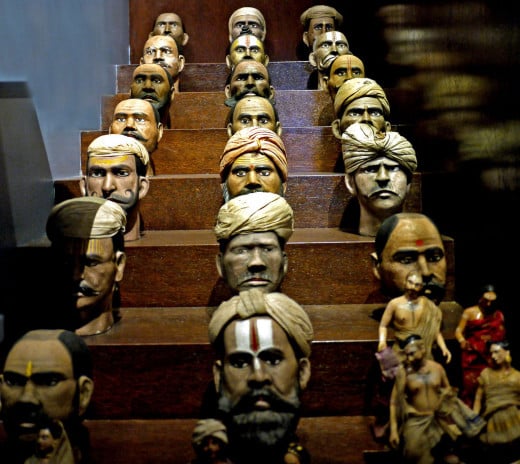
Varnashrama - The Origin of Caste System
It is obvious that there are gradations of everything. Even among humans, the qualities of intelligence, strength, beauty etc. are not evenly distributed. Therefore, humans have gradations. If a social structure does not acknowledge gradation, it is bound to collapse. Based on a scientific taxonomy, the original idea of the caste system is rooted in the Vedic philosophy. This original caste system is technically known as varnashrama. In Sanskrit the term ‘varna’ means colour. In the context of varnashrama, colour refers to the colour (or quality) of the mind and not the physical body. Therefore, varnashrama is based on the individual’s natural predilection to specific activities and tendencies.
In the Bhagavad Gita, Krishna says that he created the original caste system -
catur-varnyam maya srishtam guna-karma-vibhagasah
“I created the four social divisions that are determined by the influence of the modes of material nature and their parallel activities.” (Bhagavad Gita 4.13)
The modes of material nature refer to the three qualities -
- goodness (sattva-guna)
- passion (rajo-guna)
- ignorance (tamo-guna)
The nature of an individual is a result of the intermingling of these three modes of material nature in different proportions. Individuals mainly influenced by the mode of goodness seek higher knowledge of the self; those influenced mainly by the mode of passion seek material activity for personal gains, and those mainly influenced by the mode of ignorance are dull and indolent. The nature of an individual based on the three modes also affects his inclination to render service to God. In the Vedic civilization, an individual was placed higher or lower according to the degree of his inclination towards service to God.
- Those who were attached towards this service with the strongest devout ardor, and, as such evinced the greatest intelligence, became brahmanas. They formed the head of the huge body of the society.
- The kshatriyas formed the administrative or the martial class who took care of law and administration of the society.
- The vaishyas were chiefly business class or agriculturists who took care of trade and produce.
- The shudras formed the worker or the labourer class who served the other three classes.
The scientific system of varnashrama was based in such a way that each caste co-operated with the other, following the Vedic injunctions in performing their respective duties. The varnashrama system is the real Vedic way of life whose primary goal is not material prosperity, but spiritual emancipation by the worship of the Supreme Person, Vishnu. The varnas, or castes, are only there to guide people in their duties based on their nature, but eventually the ultimate goal is to give up all desires for the result of such activities (nishkama karma). In the Srimad Bhagavatam we find the following statements –
Just as an agricultural field loses its power of production by repeated cultivation, if one acts in his professions according to his position in the modes of nature, he eventually rises above the modes and attains the nishkama stage (desire less stage).
As long as this goal is kept in mind, it does not matter which caste one is classified as. For example, on a plane, a rich person will travel business class, while the not-so-rich will travel economy. Nevertheless, if everyone reaches the same destination, what is the benefit of fighting for a temporary arrangement? Quarrel for equality, or arrogance due to superiority, originates from a lack of knowledge or vision of the ultimate goal of life.
Moreover, the centre of all activities for the all the varnas of the society was the worship of the Supreme Person, Vishnu. In the Srimad Bhagavatam it is stated that if one simply maintains an official position in varnashrama, but does not worship Vishnu, he falls down from his position.
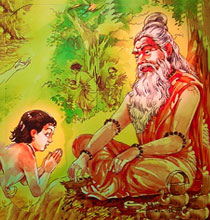
The Story Of Satyakama Jabala
The primary rule of classification in the varnashrama caste system as stated in Srimad Bhagavatam is
If one shows the symptoms of being a brahmaṇa, kṣatriya, vaishya or shudra, even if he has taken birth in a different caste, he should be accepted according to those symptoms of classification.
In the Chandogya Upanishad, we find the decisive incident of Satyakama Jabala who was given the position of a brahamana by the sage Gautama, even though Satyakama’s caste was uncertain.
Gautama asked Satyakama, “My dear boy, what is your gotra (lineage)?”
The boy said, “I do not know what my caste or family background is. I asked my mother, and she said, - ‘When I was young, I wandered here and there and knew many men, then you were born. I knew so many men that I don’t know who your father is, or what your caste is. All I know is that my name is Jabala and your name is Satyakama (One who wants truth).’Therefore I am known as the Satyakama of Jabala , and do not know my caste”.
Gautama said, “My dear boy, you speak truthfully, and therefore you must be a brahmana. No one but a brahmana could openly speak such an unpalatable truth. O beautiful young boy, go and bring me wood for the sacrificial fire. I shall initiate you as my disciple, for you never depart from the truth”. (Chandogya Upanishad 4.4.4, Gautama)
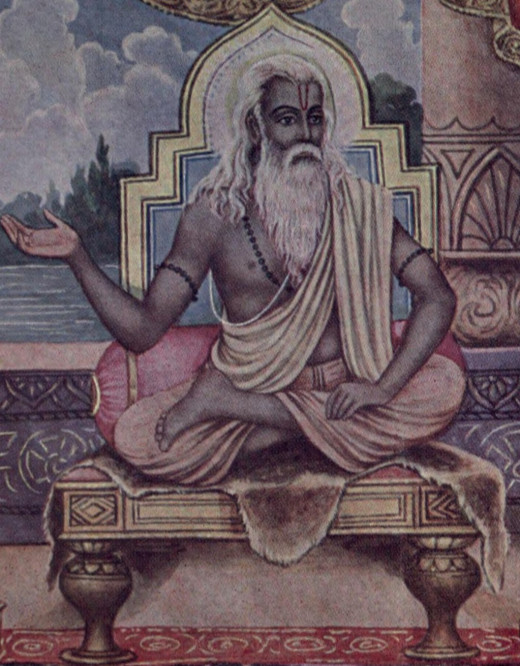
Great Brahmanas With Uncertain Parentage
To further stress the point that one’s caste is not decided by lineage, in the Vajra-suchika Upanishad, we find a number of highly qualified brahamana sages who are not brahmanas by birth, but by consciousness and deed. In the midst of such mixed ancestry have come great souled sages as Vasistha, who was born from the court dancer Urvashi, Vyasa, the compiler of the Vedas, who was born from a fisherman’s daughter, and similarly great sages like Rishyashringa, Kaushika, Jambuka, Valmiki, and Gautama all took birth in similar circumstances. There are many examples of great sages who did not know in what circumstances they took birth, therefore birth does not make one a brahmana.
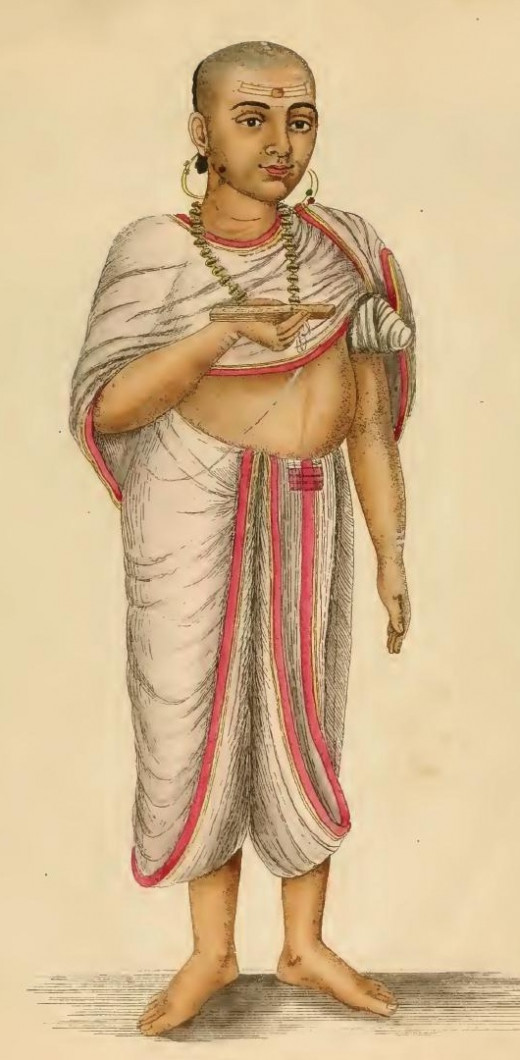
Who Is A Brahamana?
In the Srimad Bhagavatam, it is predicted that in the current Hindu caste system of the present age of Kali, a person is accepted as a brahmana if he simply wears a thread around his left shoulder. However, in the varnashrama system a brahamana is not a brahmana based upon bodily symptoms, birth, knowledge, etiquette, or any other external characteristics.
Originally, a brahmana was one who was absorbed only in the Supreme Self. He was free from all mundane attributes of birth, work, and materialistic qualities, and free from all faults. His very nature was that he took pleasure in the knowledge of the limitless supreme truth. A real brahmana was completely absorbed in the infinite, limitless, absolute Supreme Person, present within the heart of every living being as the Supersoul, just as ether pervades everything. The Supreme Lord is indivisible, and his very nature is divine ecstasy. The infinite is not like a mango that can be grasped through sense experience; neither can he be known, directly or indirectly, through mental speculation. Such a brahmana, who could perceive the Lord as such, was free from such faults as lust, anger, greed, pride, illusion, and envy. He had all twelve brahminical qualities beginning with peacefulness, self-control, and cleanliness. He was never envious and was free from illusion and from any touch of pride and false ego. One who has these qualities may be called a brahmana. This is the opinion of the Shruti, Smriti, Puranas, and Itihasas. No other endowments of perfection can confer brahminical status.
Hindu Caste System - A Wheel Off Axis
There seems to be a number of discrepancies in today’s Hindu caste system that renders it worthless, and in fact, makes it counter-progressive. This fact may be attributed to the deteriorating nature of the age of Kali. Time, in Vedic philosophy, is considered cyclic and each cycle is divided into four yugas, namely Krta-yuga, Treta-yuga, Dvapara-yuga, and Kali-yuga. In each cycle there is a deterioration of the varnashrama system as time progresses from Krta-yuga to Kali-yuga. In Krta-yuga there is only one caste and that is the caste of the paramahamsa (self-realised brahmanas), in Treta-yuga and Dvapara-yuga, society is divided into the four varnas based on the natural predilection of the candidate. It so happened that in earlier yugas, a son of a brahmana did indeeed imbibe all the qualities of a brahmana, however, in the final age of Kali (the present yuga) that is not the case. In the Padma Purana it is said –
In the age of kali, all four varnas are devoid of character and proper behaviour and are addicted to sin. The brahmanas are devoid of Vedic knowledge and sacrifice. Giving up the five sacrifices recommended in the Vedas and all brahminical behaviour and consciousness, they engage in inferior activities. Therefore it is understood that in the age of kali there are actually only sudras.
Just as iron catches moisture and rusts, time degraded the system of varnashrama into its current form now known as the Hindu caste system - a degenerate institution that is purely based on birth without any consideration of individual qualification. The age-old rule that put natural predilection before pedigree was eventually thrown aside and the present day caste system was the result. Noble birth became a matter of pride that solicited respect from a blind society that cared no more for virtues and faults. It is common knowledge that the son of a doctor cannot be called a doctor without having a proper medical degree. What follows, if such was the case, is total disaster. A similar situation of utter hypocrisy in society has led to widespread and constant strife between the so-called higher and lower castes. Such strife has brought about a complete dilution of the scientific system of varnashrama and an agitation to replace it with a democratic system of so called ‘equality’ that will never be achieved.
Substance Over Form
The wise will deem only the substance of all formality. Form is accepted as long as it conveys the underlying substance. If the form degrades itself and acts in opposition to the substance, it should be disregarded. The Varnashrama system is ultimately a formal institution to organise a society in the worship of Vishnu. However, the Hindu caste system of Kali-yuga is just the form devoid of the substance. Thus, the wise will disregard the form (the caste system) and pursue the substance – the worship of Vishnu. This fact is also corroborated in the Srimad Bhagavatam -
aho bata sva-pacho 'to gariyan yaj-jihvagre vartate nama tubhyam
tepus tapas the juhuvuh sasnur arya brahmanuchur nama grnanti ye the
O Lord! Those on whose tongues your name is present are the topmost members of human society, even if externally they belong to a lower class. Anyone who chants your name must already have performed all austerities and sacrifices, bathed in all the holy rivers and mastered the Vedas. In short, he has all the noble qualities of a brahmana.
The above verse also puts forth the truth that a Vaishnava is higher than a mere brahmana. However, if a brahmana is not a Vaishnava he cannot be accepted as a spiritual master.
sat karma nipuno vipro mantra tantra visharadah
avaishnavo gurur na syad vaishnavah svapacho guruh
A brahmana may be expert in mantra, ritual, and the six kinds of brahminical work performing and teaching sacrifice, studying and teaching scripture, giving and receiving charity, but if he is not a Vaishnava he cannot be a guru. On the other hand, a Vaishnava, even if born in a family of untouchables, may be accepted as a guru. (Hari-bhakti-vilasa, quoting Padma Purana Vacana)
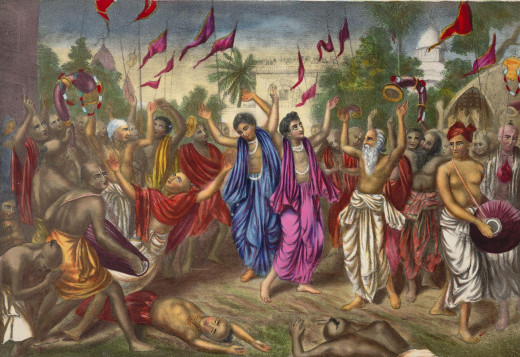
Conclusion
The pure stretch of land known as Bharata-varsha, or India, is home to the vast Vedic treatises. Bharata-varsha has existed since time immemorial to facilitate the highest spiritual and material benefits to its subjects. It is here that great sages engaged in elaborate Vedic fire sacrifices to satisfy the Supreme, and great Kings fought bloody battles to establish righteousness. It is in the land of Bharata that the atheist Charvaka put forth strong criticism against the Vedas, and Sri Chaitanya Mahaprabhu propounded the highest theistic principle of divine love. Although guided by the Varnashrama system, Bharata excelled in various fields like mathematics, astronomy, astrology, music, culinary art, etc. Therefore, Varnashrama, the original caste system, was a progressive, and not a repressive system. As long as the people performed their respective duties, everyone was respected according to their position. However, the current Hindu caste system is what remains after the pristine sacred concepts enshrined in the system of Varnashrama were removed. The Hindu caste system is only a shadow that lurks around poisoning the minds of the people of Kali-yuga.
Although Kali-yuga is an ocean of faults, there is one great advantage that no other age has been bestowed with. In other ages, because the average mental and physical capability of people was higher, the process of spiritual progress was difficult, whereas the process in the Kali-yuga is simplified. The following statements from the Srimad Bhagavatam verifies this truth -
krte yad dhyayato vishnum tretayam yajato makhaih
dvapare paricaryayam kalau tad dhari-kirtanat
Whatever result was obtained in the krta yuga by prolonged meditation on Vishnu, in the treta yuga by intense fire sacrifices, in the dvapara yuga by elaborate deity worship, the same result can be obtained in the kali yuga just by chanting the names of Vishnu in congregation.
There are many examples in Indian history where a low caste Vaishnava has risen above the caste system by merely disregarding it as being counter-progressive to the ultimate goal of life, instead of fighting for equality. Saint Kanakadasa, a low caste devotee of Krishna, even though not allowed inside the Udupi temple, attracted the attention of the deity of Udupi to give him audience just by his devotion. Born in a Mohammedan family, Thakur Haridasa, a great devotee of Lord Jagannath of Puri, kept up the social decorum and avoided going near the temple because of his low birth. However, even great devotees of higher caste paid their highest respects to Haridasa owing to his high spiritual position. Therefore, the current Hindu caste system of India, even though a hot topic for human rights, has proved to be a favourable backdrop for saints to illustrate the transcendental power of humility and devotion.

Related Links
- Caste System Rejected | Gaudiya Touchstone
Caste System Rejected - Hearing a statement from Ramananda Raya, Lord Chaitanya replied that the caste system was only external.
© 2013 Arun Ramchandramurthy

